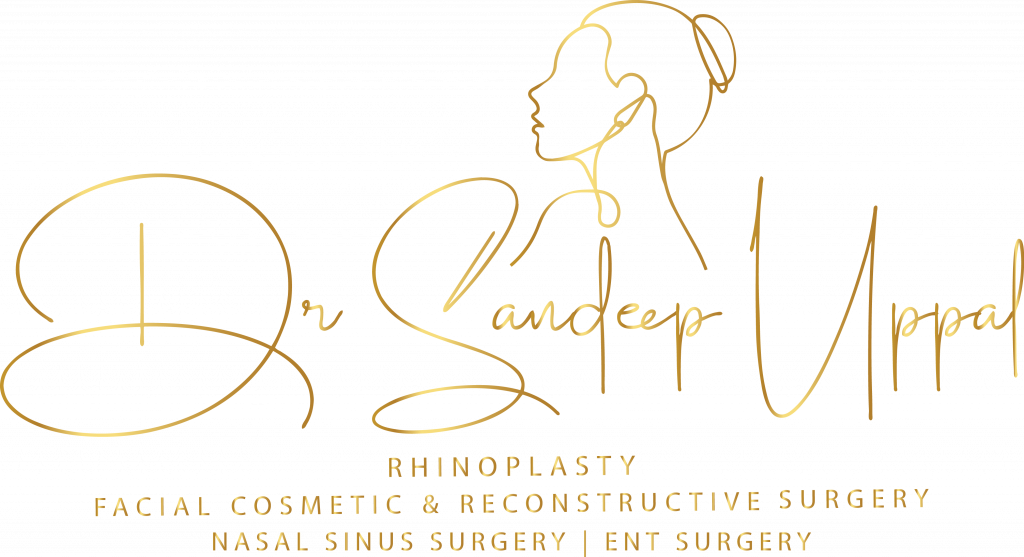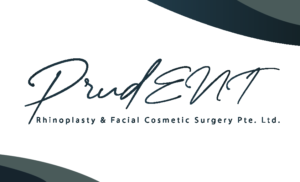TYPE OF FACIAL MOLES
Facial moles, or nevi, come in various shapes, sizes, and colours, and are often a distinctive part of one’s appearance. While many are benign and harmless, it’s essential to understand the different kinds and what they may indicate.
COMMON TYPES OF FACIAL MOLES
CONGENITAL MOLES
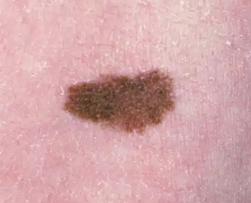
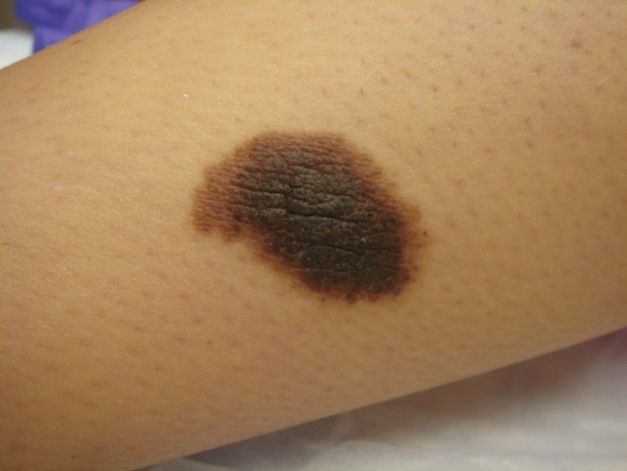
Present from birth, these moles vary in size and shape. Large congenital moles can increase the risk of developing melanoma and often require monitoring.
ACQUIRED MOLES
These appear during childhood or early adulthood. Most are benign, but an increase in number or a change in appearance warrants a check-up.
JUNCTIONAL MELANOCYTIC NEVI

Examples of melanocytic nevi: (A) junctional nevus, (B) intradermal nevus, (C) compound nevus, (D) dysplastic nevus.
JUNCTIONAL MELANOCYTIC NEVI
Flat and brown, these moles occur where the epidermis and dermis meet. They’re generally harmless but should be observed for changes.
COMPOUND MELANOCYTIC NEVI
Slightly raised and light brown, these moles have cells in both the epidermis and dermis. They’re common and typically non-cancerous.
DERMAL MELANOCYTIC NEVI
These moles are usually raised, flesh-coloured, and contain nevus cells primarily in the dermis. They might have hair growing from them.
DYSPLASTIC NEVI (ATYPICAL MOLES)
Larger than average and with irregular borders and mixed pigmentation, atypical moles can be familial. They carry a higher risk of becoming malignant, so regular skin checks are advised.
HALO NEVI
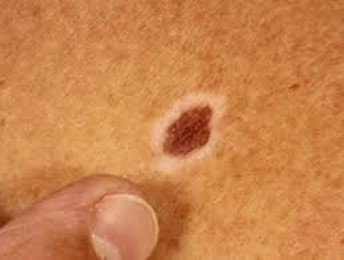
Recognized by the white ring or ‘halo’ that surrounds them, these moles occur when the body’s immune system attacks the cells in the mole.
BLUE NEVI


They appear blue because of the pigment deep within the skin and are usually benign but should be monitored for changes.
MONITORING AND MANAGEMENT
WHEN TO SEEK MEDICAL ADVICE
To assess whether your mole may be cancerous, you can look for certain indicators, such as:
A: Asymmetry. A mole that appears uneven or imbalanced could potentially be cancerous.
B: Borders. Clear, well-defined edges on a mole are generally a good sign, whereas irregular or blurred borders could indicate cancer.
C: Colour Variation. A mole that has multiple colours or is inconsistent in its coloration might be a warning sign of cancer.
D: Diameter. A mole larger than 6mm across might be a cause for concern.
E: Evolution or Expansion. Growth or change in the size of your mole may suggest it is cancerous.

If any of your moles exhibit the above changes or they develop characteristics like itching, bleeding, or colour change, it’s important to seek medical evaluation.
TREATMENT OPTIONS
For benign moles that cause discomfort or cosmetic concern, removal options include surgical excision, laser therapy, or cryotherapy. Malignant moles require more extensive treatment, often involving surgery and oncological management.
LIVING WITH FACIAL MOLES
COSMETIC CONSIDERATIONS
Some people choose to embrace their moles as beauty marks, while others prefer removal for aesthetic reasons. Consultation with a dermatologist can help decide the best course of action.
SUN PROTECTION
Protecting skin from the sun is crucial to prevent the development of new moles and changes in existing ones. Sunscreen, protective clothing, and avoiding peak sunlight hours are effective strategies.
REGULAR CHECK-UPS
Especially for those with multiple or atypical moles, regular skin checks with a dermatologist are essential for early detection of any issues.
CONCLUSION
Facial moles are unique to each individual and usually harmless. Understanding the types and practicing vigilant monitoring is key to maintaining skin health. If you have concerns about your moles, a dermatologist can provide guidance tailored to your needs. Whether you choose to remove them or wear them proudly, the most important thing is to ensure they remain benign and healthy.
BOOST YOUR CONFIDENCE: SPECIALIST MOLE REMOVAL BY DR SANDEEP
Feel like moles are overshadowing your natural beauty? Whether it’s a prominent mole that’s drawing unwanted attention or a changing mole that’s causing you concern, we recognize the personal impact it can have. That’s why our Mole Removal Service is dedicated to addressing your unique needs with precision. We aim to amplify your skin’s inherent allure while ensuring your wellbeing with our compassionate and skilled approach.
Embrace the radiance of your true self, unmarred by moles. Start your path to flawless skin today. Schedule a personalized mole removal consultation with Dr Sandeep.
UNDERSTAND YOUR MOLES: BOOK YOUR SKIN ASSESSMENT TODAY!
Get a clear understanding of the moles on your face with a professional assessment. This evaluation is essential for distinguishing between cosmetic concerns and potential health issues.
Consult with our seasoned Facial Plastic Surgeon, Dr Sandeep, to determine the nature of your facial moles. Whether they’re a sign of your unique beauty or need medical attention, our clinic offers thorough examinations using the latest dermatological techniques.
Schedule your appointment now to ensure the health and beauty of your skin are maintained.
